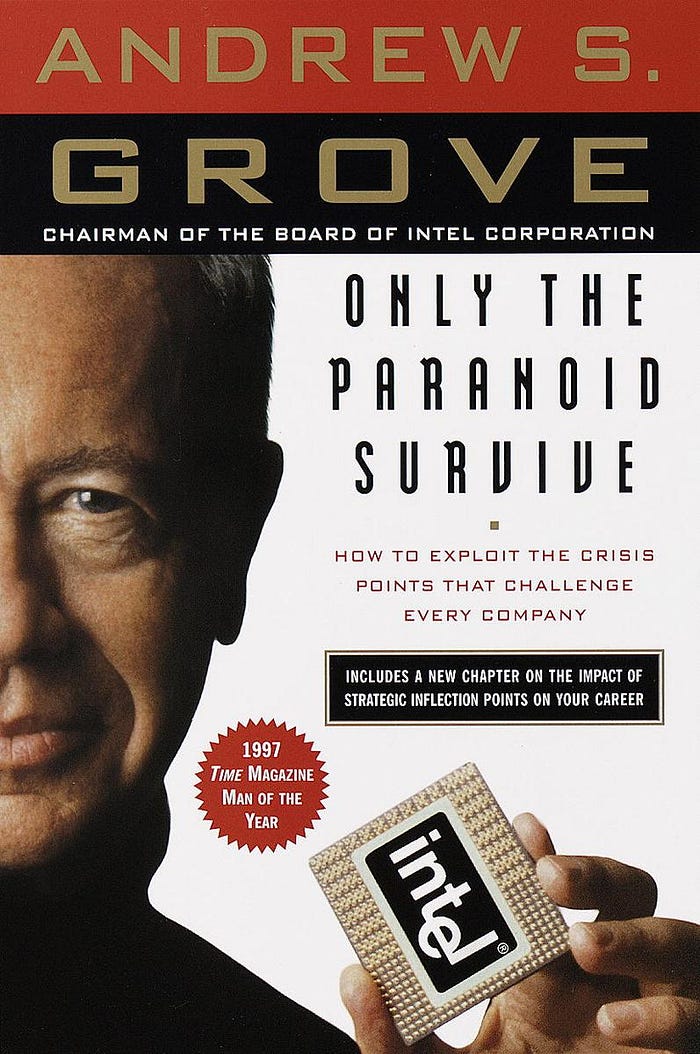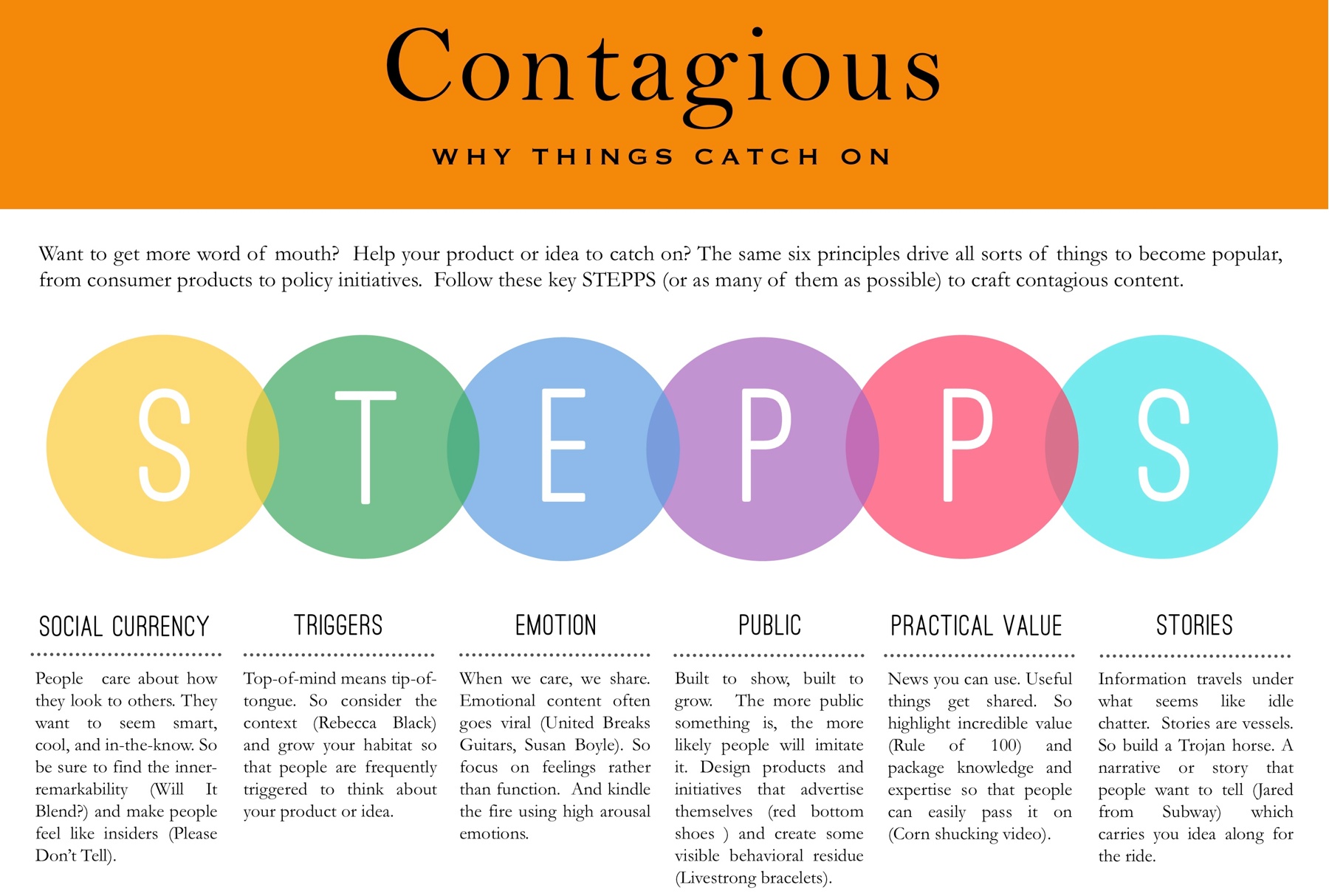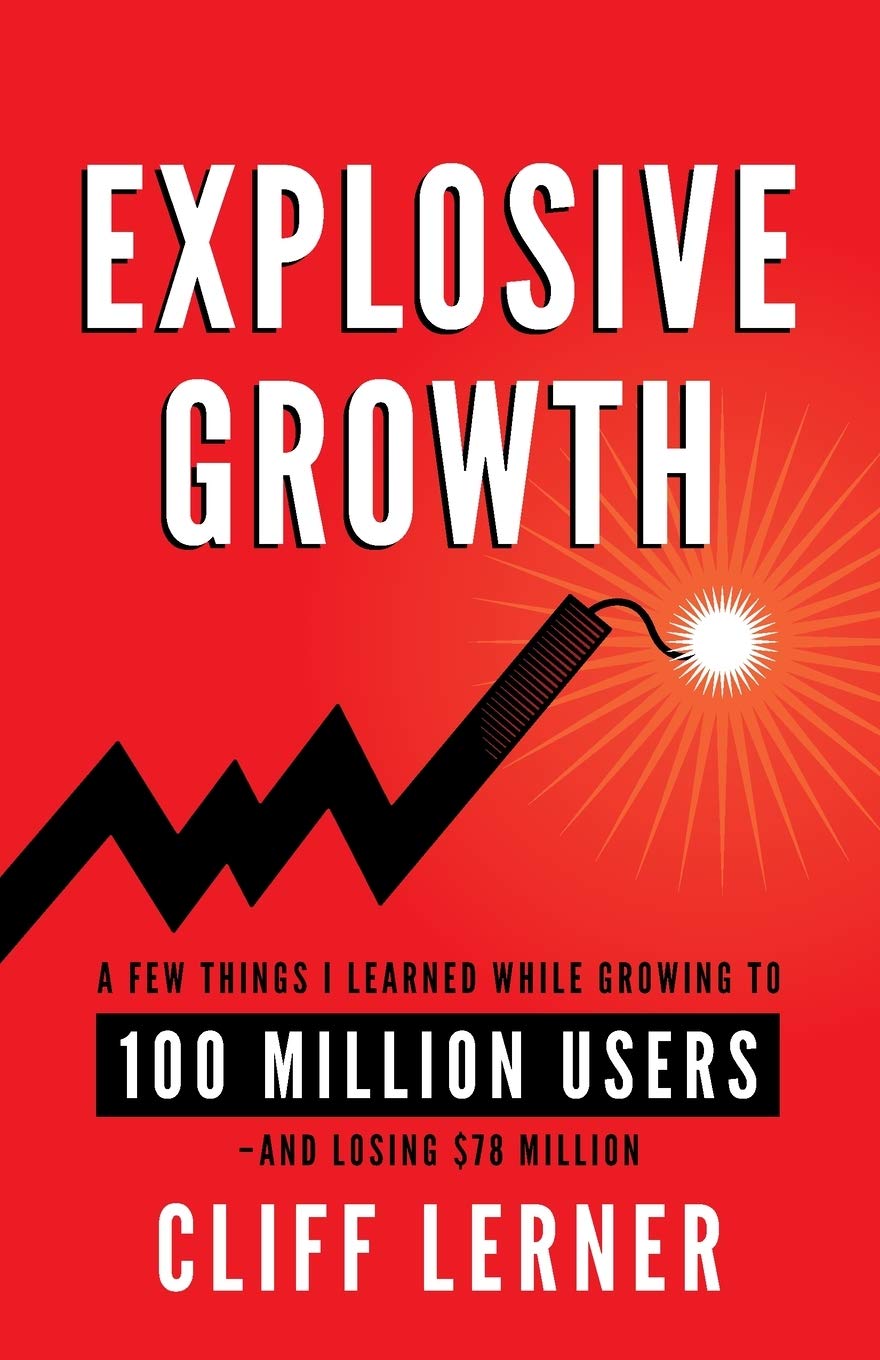The truth is, I started reading habitually again in 2020 during the lockdown for self-improvement. I saw it mainly as a tool to upskill myself and fill in the blind spots on my worldviews and business knowledge. Over the last few years the habit has slowly morphed from a pure utilitarian self-improvement tool into an integral part of my identity and how I relax. Lately I read out of curiosity and interest. As I have found The best books i enjoyed are the ones that expanded my knowledge base on areas of interest.
The Black Swan

The Lean Startup
 By Eric Ries
This book teaches entrepreneurs how to navigate the extreme uncertainties of starting a new venture. By using the scientific method to test ideas, validating and invalidating business hypotheses to arrive at Product Market Fit under the vehicle of a minimal viable product (MVP). Instead of creating elaborate business plans, The Lean Startup offers a framework for startups to test, learn, and adjust their strategy through a cycle of continuous improvement. This book for me along with Lean analytics, Growth Hacking and the Cold Start Problem unlocked a high level understanding of what it entails to kick-start a tech start-up.
By Eric Ries
This book teaches entrepreneurs how to navigate the extreme uncertainties of starting a new venture. By using the scientific method to test ideas, validating and invalidating business hypotheses to arrive at Product Market Fit under the vehicle of a minimal viable product (MVP). Instead of creating elaborate business plans, The Lean Startup offers a framework for startups to test, learn, and adjust their strategy through a cycle of continuous improvement. This book for me along with Lean analytics, Growth Hacking and the Cold Start Problem unlocked a high level understanding of what it entails to kick-start a tech start-up.
Evil by Design
 By Chris Nodder
Sloth, pride, envy, greed, lust, anger, gluttony. The list of seven deadly sins provides a nice, tidy statement of fundamental human behavior. Each chapter in this book addresses one of these sins, pointing out the human characteristics that enable software designer to create persuasive interfaces that appeal to each weakness.
The 57 patterns described in this book are strong mechanisms for persuasion. They can be used in digital and physical products to increase customer loyalty or to attract new customers. In addition, you can use this information to recognize and avoid being personally persuaded by these principles when they appear in sites you use.
By Chris Nodder
Sloth, pride, envy, greed, lust, anger, gluttony. The list of seven deadly sins provides a nice, tidy statement of fundamental human behavior. Each chapter in this book addresses one of these sins, pointing out the human characteristics that enable software designer to create persuasive interfaces that appeal to each weakness.
The 57 patterns described in this book are strong mechanisms for persuasion. They can be used in digital and physical products to increase customer loyalty or to attract new customers. In addition, you can use this information to recognize and avoid being personally persuaded by these principles when they appear in sites you use.
But why should design be based on evil? Simple: starting with evil means starting with real human behavior. This doesn’t mean that the result is evil. It means that understanding what each sin represents adds to an understanding of people and good design results from good understanding.
Truly a good book to consider if you are a product developer or designer. Although some of the behavioral engineering insights might appear to have a Machiavelli’s “The Prince” level of persuasiveness to them.
Hooked
 By Nir Eyal
As the sole developer of Grinn, this book gave me the blueprint on how to approached building social products. This was my first deep dive into the world of behavioral engineering. The hook model lays down all the essential ingredient necessary for technological diffusion of new social products. I have read this book 3 times since 2021, and intend to reread it more times. 10/10 Best Book I read for the Year.
By Nir Eyal
As the sole developer of Grinn, this book gave me the blueprint on how to approached building social products. This was my first deep dive into the world of behavioral engineering. The hook model lays down all the essential ingredient necessary for technological diffusion of new social products. I have read this book 3 times since 2021, and intend to reread it more times. 10/10 Best Book I read for the Year.
Skin In The Game
 By Nassim Nicholas Taleb
Skin In The Game is an assessment of asymmetries in human interactions, aimed at helping you understand where and how gaps in uncertainty, risk, knowledge, and fairness emerge, and how to close them.
By Nassim Nicholas Taleb
Skin In The Game is an assessment of asymmetries in human interactions, aimed at helping you understand where and how gaps in uncertainty, risk, knowledge, and fairness emerge, and how to close them.
A book that is necessary to understand the world. It focuses on the distortions of symmetry and reciprocity in life: If you have the rewards, you must also get some of the risks, not let others pay the price of your mistakes. If you inflict risk on others, and they are harmed, you need to pay some price for it.
Skin in the game, applied as a rule, reduces the effects of the following divergences that grew with civilization: those between action and cheap talk (tawk), consequence and intention, practice and theory, honor and reputation, expertise and charlatanism, concrete and abstract, ethical and legal, genuine and cosmetic, merchant and bureaucrat, entrepreneur and chief executive, strength and display.
TL;DL → If you do not take risks for your opinion, you are nothing.
Another intellectual masterpiece by Nassim, this one belongs in every library.
Only the Paranoid Survive
 By Andy Grove
This book is about dealing with difficult crises as a company, based on Andrew’s experience at running Intel. He presents a strategic model which can be used to adapt to crises and even to exploit and thrive based on them. He calls these SIPs (Strategic Inflection Points), that attempt to make the most from a company’s sink-or-swim moments.
By Andy Grove
This book is about dealing with difficult crises as a company, based on Andrew’s experience at running Intel. He presents a strategic model which can be used to adapt to crises and even to exploit and thrive based on them. He calls these SIPs (Strategic Inflection Points), that attempt to make the most from a company’s sink-or-swim moments.
Fooled by Randomness
 By Nassim Nicholas Taleb
Fooled By Randomness explains how luck, uncertainty, probability, human error, risk, and decision-making work together to influence our actions, set against the backdrop of business and specifically, investing, to uncover how much bigger the role of chance in our lives is, than we usually make it out to be.
By Nassim Nicholas Taleb
Fooled By Randomness explains how luck, uncertainty, probability, human error, risk, and decision-making work together to influence our actions, set against the backdrop of business and specifically, investing, to uncover how much bigger the role of chance in our lives is, than we usually make it out to be.
The 3 Key Takeaways from the book were ↓
- Life is non-linear, which makes the rewards of continued effort disproportionately big.
- We need our irrational emotions to be able to decide.
- Enjoy randomness when it’s harmless and use stoicism to deflect it when it’s harmful.
Growth Hacker Marketing
 By Ryan Holiday
This book was a solid introduction to growth hacking for me. The author discuses the benefits of growth hacking and provides some examples to help you understand the power it has over traditional marketing.
Biggest lesson: growth can be hacked, measured and scaled using a more scientific experimental and data-drive framework.
The traditional marketing channels are broken. Holiday explains how companies that have come to rely on massive advertising budgets, infomercials, and a broadcast-only marketing focus are missing out on huge opportunities.
In Growth Hacker Marketing, he introduces a new class of marketing professional—the growth hacker—and shows how to apply their unconventional tactics to your business.
By Ryan Holiday
This book was a solid introduction to growth hacking for me. The author discuses the benefits of growth hacking and provides some examples to help you understand the power it has over traditional marketing.
Biggest lesson: growth can be hacked, measured and scaled using a more scientific experimental and data-drive framework.
The traditional marketing channels are broken. Holiday explains how companies that have come to rely on massive advertising budgets, infomercials, and a broadcast-only marketing focus are missing out on huge opportunities.
In Growth Hacker Marketing, he introduces a new class of marketing professional—the growth hacker—and shows how to apply their unconventional tactics to your business.
Wanting
 By Luke Burgis
In the universe of desire, there is no clear hierarchy. People don’t choose objects of desire the way they choose to wear a coat in the winter. Instead of internal biological signals, we have a different kind of external signal that motivates these choices: models.
By Luke Burgis
In the universe of desire, there is no clear hierarchy. People don’t choose objects of desire the way they choose to wear a coat in the winter. Instead of internal biological signals, we have a different kind of external signal that motivates these choices: models.
Models are people or things that show us what is worth wanting. It is models—not our “objective” analysis or central nervous system—that shape our desires. With these models, people engage in a secret and sophisticated form of imitation that Girard termed mimesis (mi-mee-sis), from the Greek word mimesthai (meaning “to imitate”).
Models are the gravitational centers around which our social lives turn. It’s more important to understand this now than at any other time in history.
A wonderful book that takes a transformational deep dive into the origins of our desires. Highly recommended.
Hacking Growth
 By Sean Ellis & Morgan Brown
Growth Hacking is an area of business management that I’m deeply fascinated by. From the moment I read Growth Hacker Marketing by Ryan Holiday I knew I wanted to become a growth hacker someday. So i set out to consolidate every possible information I could find on subject. Hacking Growth by Sean Ellis was the answer to that endless desire for a more detailed explanation on the low level components of what it takes to growth hack a business.
Growth Hacking in essence helps companies achieve breakout results by building a culture of continuous experimentation. It addresses the four levers of growth: acquisition, activation, retention, and monetization. It’s recommended for marketers, product managers, or anyone else that wants to drive product adoption or business growth. A fantastic book that I have read over 3 times in the last year. 10/10
By Sean Ellis & Morgan Brown
Growth Hacking is an area of business management that I’m deeply fascinated by. From the moment I read Growth Hacker Marketing by Ryan Holiday I knew I wanted to become a growth hacker someday. So i set out to consolidate every possible information I could find on subject. Hacking Growth by Sean Ellis was the answer to that endless desire for a more detailed explanation on the low level components of what it takes to growth hack a business.
Growth Hacking in essence helps companies achieve breakout results by building a culture of continuous experimentation. It addresses the four levers of growth: acquisition, activation, retention, and monetization. It’s recommended for marketers, product managers, or anyone else that wants to drive product adoption or business growth. A fantastic book that I have read over 3 times in the last year. 10/10
Traction
 By Gabriel Weinberg & Justin Mares
In “Traction”, the founder of search engine Duckduckgo, Gabriel Weinberg, shares a fresh way for businesses to think about different phases of growth, with practical tips on how to test and use 19 potential channels to get more customers and achieve massive growth.
By Gabriel Weinberg & Justin Mares
In “Traction”, the founder of search engine Duckduckgo, Gabriel Weinberg, shares a fresh way for businesses to think about different phases of growth, with practical tips on how to test and use 19 potential channels to get more customers and achieve massive growth.
Why Traction ? To succeed a startup must grow quickly. Traction is the measurable evidence of customer demand. Depending on the nature of your business, it could be the number of app downloads, the number of free/paid subscribers, the number of sales transactions etc. It signals that your company is taking off, and makes it easier to attract investors, talents, partners and publicity. The sales and marketing channels through which you acquire customers are your “traction channels”.
This is one of those books you must read and reread as a startup founder, wanna-be enterpreneur or indie-dev. I know I will be coming back multiple times to reread this book over the coming years.
The Growth Marketer’s Playbook
 By Jim Huffman
You can probably already see the pattern here. Yes i know, I read alot of growth hacking books in the last 24 months. Quite frankly this was one of those junk books, I didn’t learn much from it besides the idea of compiling a customer target list on a spreadsheet. Not worth the read honestly, if you want more good literature on growth hacking just go for the sean ellis book on the topic.
By Jim Huffman
You can probably already see the pattern here. Yes i know, I read alot of growth hacking books in the last 24 months. Quite frankly this was one of those junk books, I didn’t learn much from it besides the idea of compiling a customer target list on a spreadsheet. Not worth the read honestly, if you want more good literature on growth hacking just go for the sean ellis book on the topic.
Contagious
 By Jonah Berger
Virality isn’t born; it’s made.
By Jonah Berger
Virality isn’t born; it’s made.
The 6 Principles of Virality ↓
→ People share things that make them look good to others. (Social Currency)
→ Top of mind means tip of the tongue. (Triggers)
→ When we care, we share. When it comes to virality arousal is king. (Emotion)
→ If something is built to show, it’s built to grow. (Public)
→ People like to pass along practical, useful information. News you can use. (Practical Value)
→ Information travels under the guise of idle chatter. (Stories)
These principles can be compacted into an acronym. Taken together, they spell STEPPS.
This is a briliiant well written, concise and insightful book on how to create viral products. One of my favorite books that I have read thrice and will reread again in the future. 10/10
 Why things catch on
Why things catch on
Explosive Growth
 By Cliff Lerner
Explosive Growth is a Business Book where Lerner uses a compelling and inspiring narrative to give a step-by-step guidebook to achieve success. He combines lively, and often hilarious, storytelling with genius growth tactics and a variety of case studies to help entrepreneurs and new startups.
By Cliff Lerner
Explosive Growth is a Business Book where Lerner uses a compelling and inspiring narrative to give a step-by-step guidebook to achieve success. He combines lively, and often hilarious, storytelling with genius growth tactics and a variety of case studies to help entrepreneurs and new startups.
I enjoyed reading this book. The story telling and some of the not to do list on it are wild. The concept of newsjacking as potential growth hack was also a eye opener for me, one i can’t wait to deploy in the near future.
Influence
 By Robert Cialdini
Influence is about the six principles of persuasion useful for sales, marketing and negotiation. Professor Robert Cialdini says certain triggers can influence human decisions almost automatically. The six principles are: reciprocity, consistency, social proof, liking, authority and scarcity.
By Robert Cialdini
Influence is about the six principles of persuasion useful for sales, marketing and negotiation. Professor Robert Cialdini says certain triggers can influence human decisions almost automatically. The six principles are: reciprocity, consistency, social proof, liking, authority and scarcity.
Lean Analytics
 By Benjamin Yoskovitz & Alistair Croll
This is a very dense book that attempts to explain the world of data collection and analysis to new entrepreneurs. It shows how to use data as a powerful tool to find product market fit, build great product and maintain market dominance.
By Benjamin Yoskovitz & Alistair Croll
This is a very dense book that attempts to explain the world of data collection and analysis to new entrepreneurs. It shows how to use data as a powerful tool to find product market fit, build great product and maintain market dominance.
The 3 big take aways are ↓
→ Be data-informed, not data-driven.
→ All successful startups go through five distinct stages: Empathy, Stickiness, Virality, Revenue, and Scale.
→ Identify the stage your startup is currently at and determine the one metric that matters for each stage and ruthlessly prioritize it.
This was by far the best book I have ever read on business analytics. It would be foolish not to read this book if you ever intend to build a tech startup. More visuals on the lean method below ↓
 5 distinct stages every startup goes through
5 distinct stages every startup goes through
 The lean method with the hook model
The lean method with the hook model
